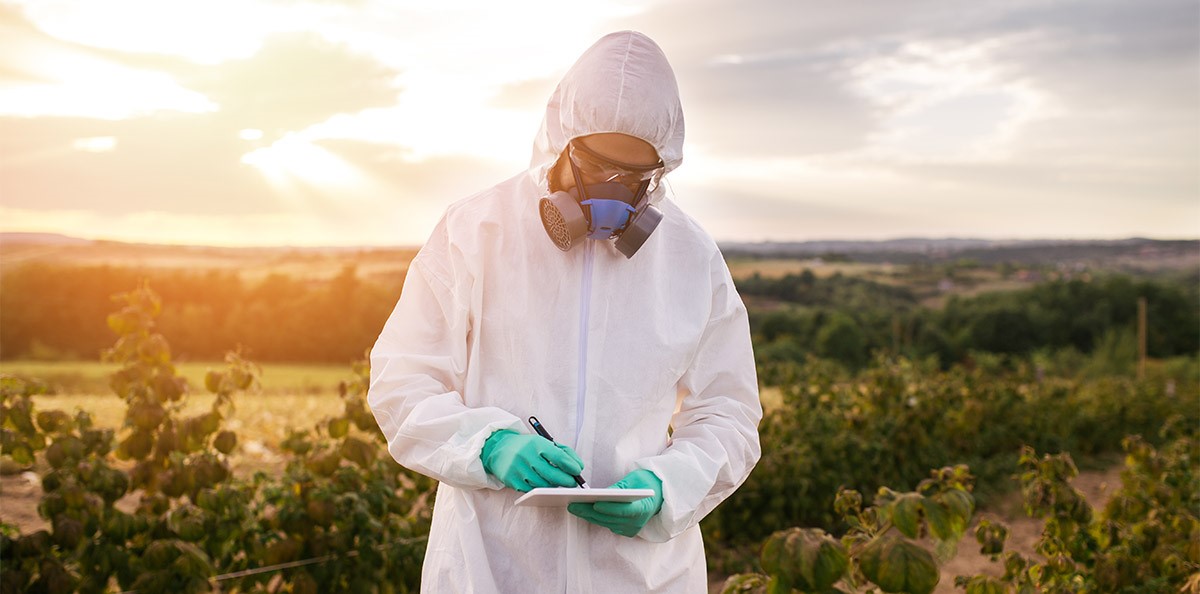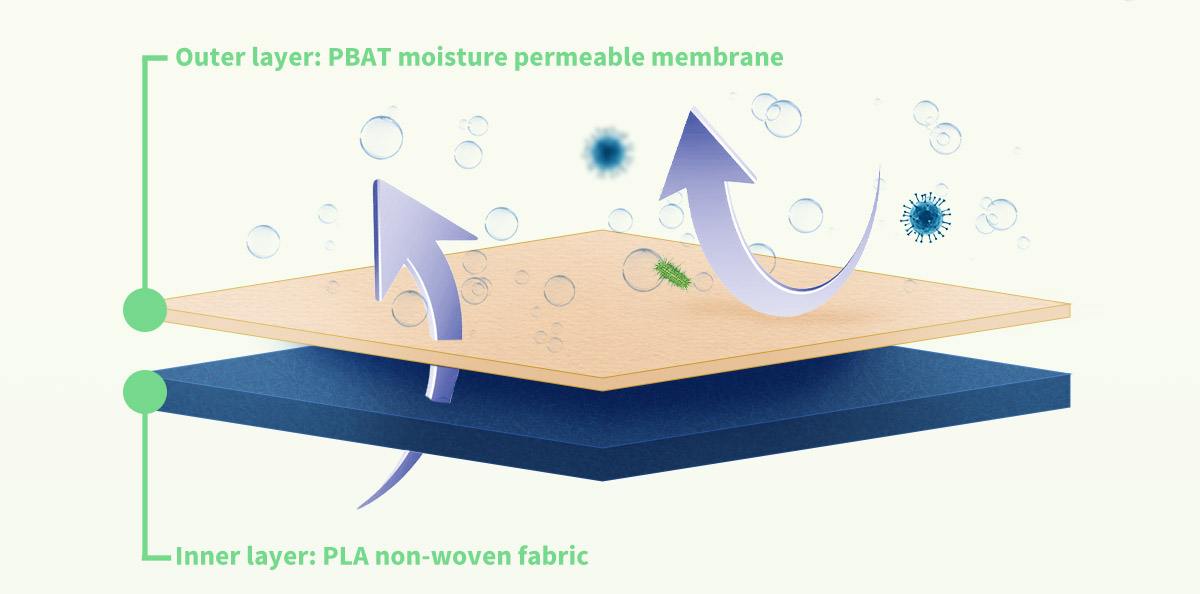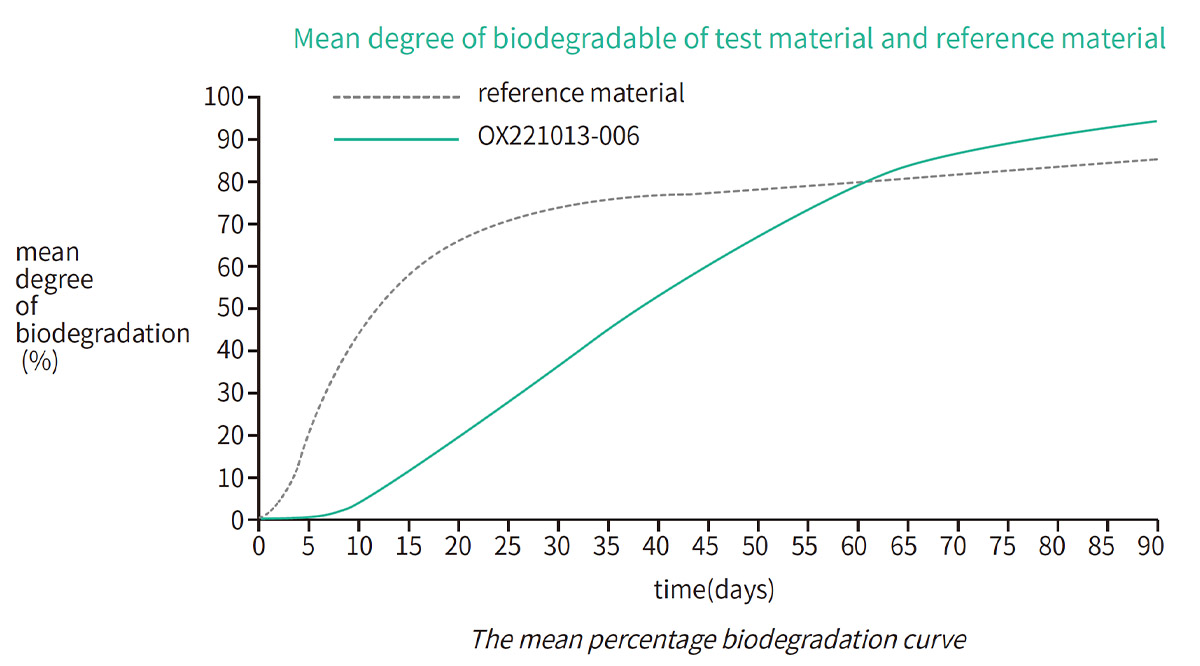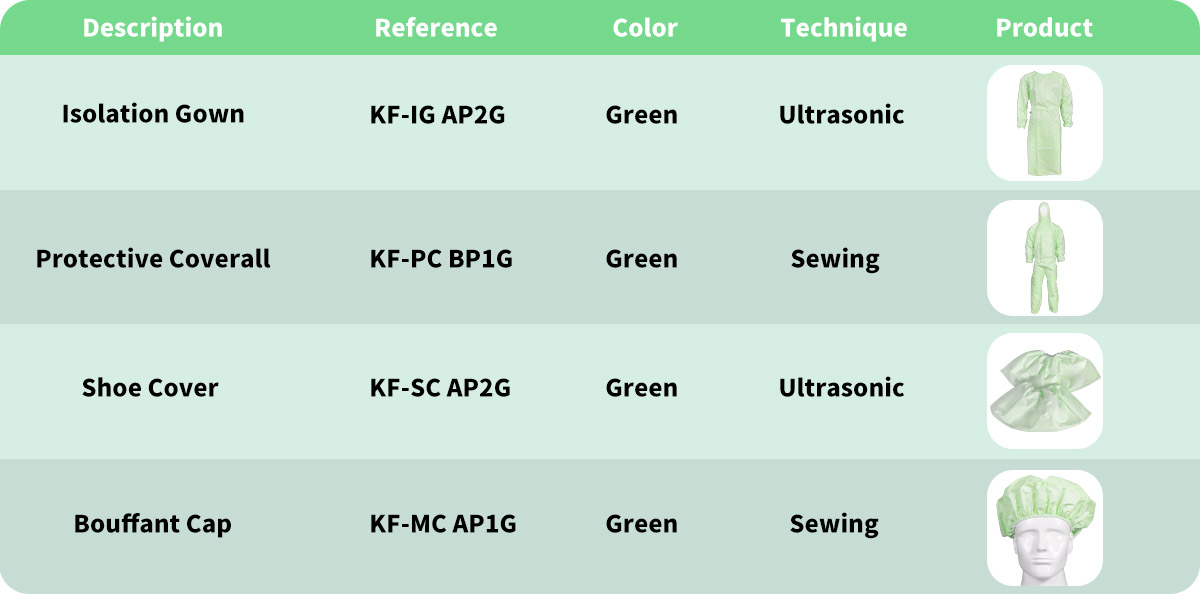The demand for sustainable products has been increasing steadily over the years, and with good reason. As consumers become more environmentally conscious, they are looking for products that are both functional and eco-friendly. One such product that has gained popularity in recent years is biodegradable non-woven products.

Non-woven products are made from fibers that are bonded together through a variety of processes. These products are commonly used in industries such as healthcare, agriculture, and construction, as well as in consumer products like cleaning wipes and disposable diapers. However, the traditional non-woven products are typically made from petroleum-based materials, which are not biodegradable and can have a negative impact on the environment.
Based on 15 years of R & D and application experience of degradable materials, KINGFA has developed composite degradable fabric and fully biodegradable non-woven products based on PLA ultra-fine spunbonded non-woven fabric +PBAT non-porous moisture permeable film. Our product has high barrier and moisture permeable properties, with both safety and comfort properties.

Degradation Rate
The degradation rate of KINGFA biodegradable plastic reached 95% in 90 days.

Moisture permeability mechanism of completely biodegradable fabric
Moisture permeability mechanism of non-porous membrane:
The macromolecular chain is composed of soft segment and hard segment. Its soft segment polyether is hydrophilic. Through its combination and diffusion with water, it can effectively improve the moisture permeability of the material.
The non-porous moisture permeability is achieved through the combination and diffusion of the soft and hard segments of the material and water, which ensures the barrier performance of the material against bacteriophages.

Moisture permeability principle of microporous membrane:
Calcium carbonate particles are evenly distributed in the resin. During the film stretching process (MDO), due to the incompatibility between the resin and calcium carbonate, an interface is formed, forming a penetrating pore network. Small-sized water vapor can pass through, while water molecules cannot.
The number of micropores per square meter of breathable membrane is 5 × 10^10-2 × Between 10 and 12, although micropores have excellent moisture permeability, there is a risk that the materials will block bacteriophages due to the existence of micropores.

The benefits of using biodegradable non-woven products are numerous. Firstly, they are an eco-friendly alternative to traditional non-woven products, which are often not recyclable and end up in landfills or oceans. Secondly, they are made from renewable resources, which reduces our reliance on non-renewable resources like petroleum. Thirdly, they have a smaller carbon footprint, as the manufacturing process for biodegradable non-woven products requires less energy and emits fewer greenhouse gases.
KINGFA MEDICAL offers various types of biodegradable products available on the market today. Some examples include biodegradable nitrile gloves, biodegradable face masks, and biodegradable protective covers. These products are just as effective as their traditional counterparts, but with the added benefit of being sustainable and environmentally friendly.

In conclusion, biodegradable non-woven products offer a sustainable solution for the future. As consumers become more environmentally conscious and demand eco-friendly products, biodegradable non-woven products will become increasingly popular. By choosing biodegradable non-woven products, we can reduce our impact on the environment and move towards a more sustainable future.

